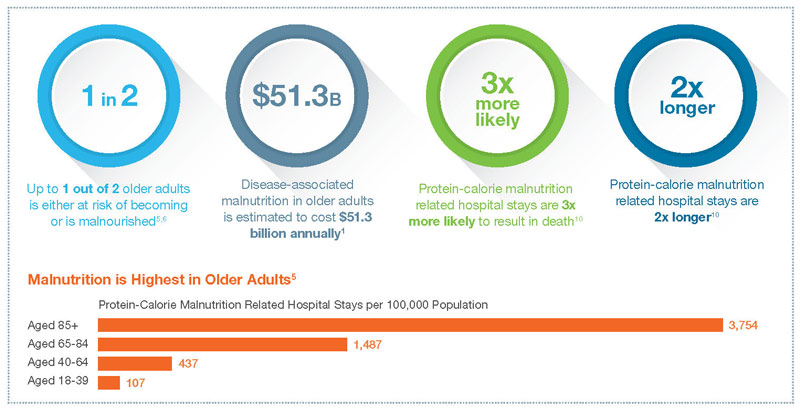Our Perspective | By Dawn Simonson, President and CEO of Trellis
The pandemic has uncovered the tremendous need for meals for older adults and has put a spotlight on the risks of food insecurity and malnutrition.
Trellis administers federal Older Americans Act funding which provides home-delivered meals to older adults. Individuals who have difficulty shopping for food and preparing meals due to functional or cognitive conditions are the focus for receiving these meals.
Home-delivered meals provide nutritious food to support health and wellness — so important after a hospitalization or for people with serious and chronic illness. To deliver meals, Trellis partners with community-based organizations that are responsive to cultural needs and medical conditions. They efficiently produce and deliver high-quality meals. Their volunteer support is legendary. It’s an honor to greet an older adult at their door with a hot meal or a bundle of frozen meals.
During the pandemic, federal stimulus funds supported outreach to expand the number of people receiving meals. As the stimulus funding goes away, the need for meals will not subside. The aging population will grow exponentially through 2040. We are just beginning to understand the impacts of isolation and inactivity on otherwise healthy older adults. A recent New York Times article notes that 40% of older adults have reduced physical activity since the start of the pandemic which could have a long-term impact on mobility.
We are increasingly concerned about malnutrition and food insecurity among older adults. The growth in use of food shelves by older adults is one indicator. Hunger Solutions reports that from 2019 to 2020, the number of food shelf visits by seniors rose 31.2% [PDF].
According to Defeat Malnutrition Today, as many as one in two older Americans are at risk for malnutrition. Malnutrition hurts the health of older adults, erodes quality of life and contributes to rising healthcare costs. Lack of proper nutrition puts people at higher risk for infection, longer lengths of hospital stays and higher frequency of readmissions. Malnutrition is more complex than just access to nutritious meals, but access is a key component.

2020 Update, Defeat Malnutrition Today.
What’s the bottom line? We must acknowledge and act on the growing and interdependent issues of population aging, lack of resources for food among older adults and malnutrition. This is a high priority for Trellis and the other area agencies on aging in Minnesota. The Minnesota Association of Area Agencies on Aging is working with legislators this session to bring more resources for home-delivered meals. We look forward to sharing more information on these efforts in the near future and we ask for your support. Don’t let older adults in Minnesota go without nutritious meals.



